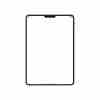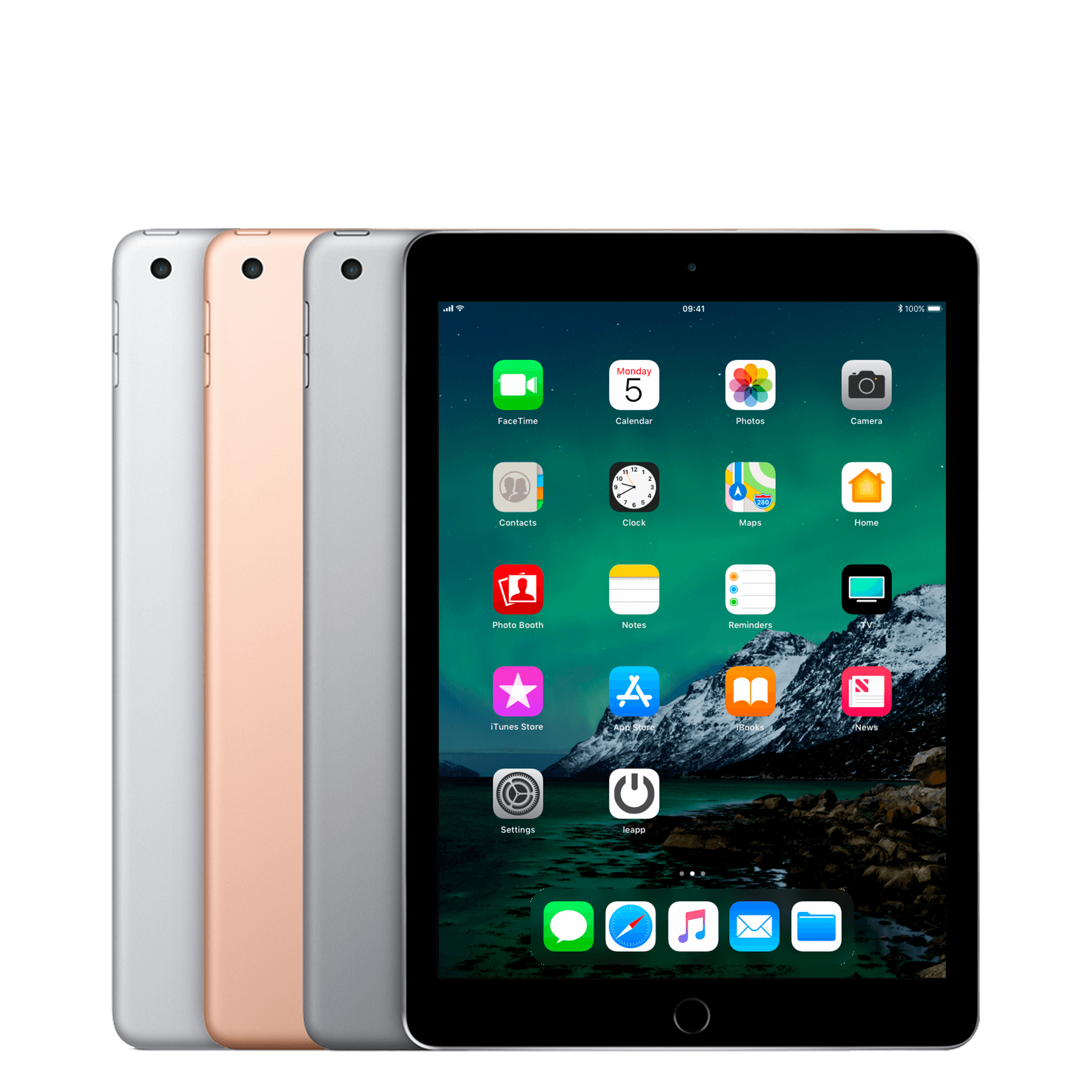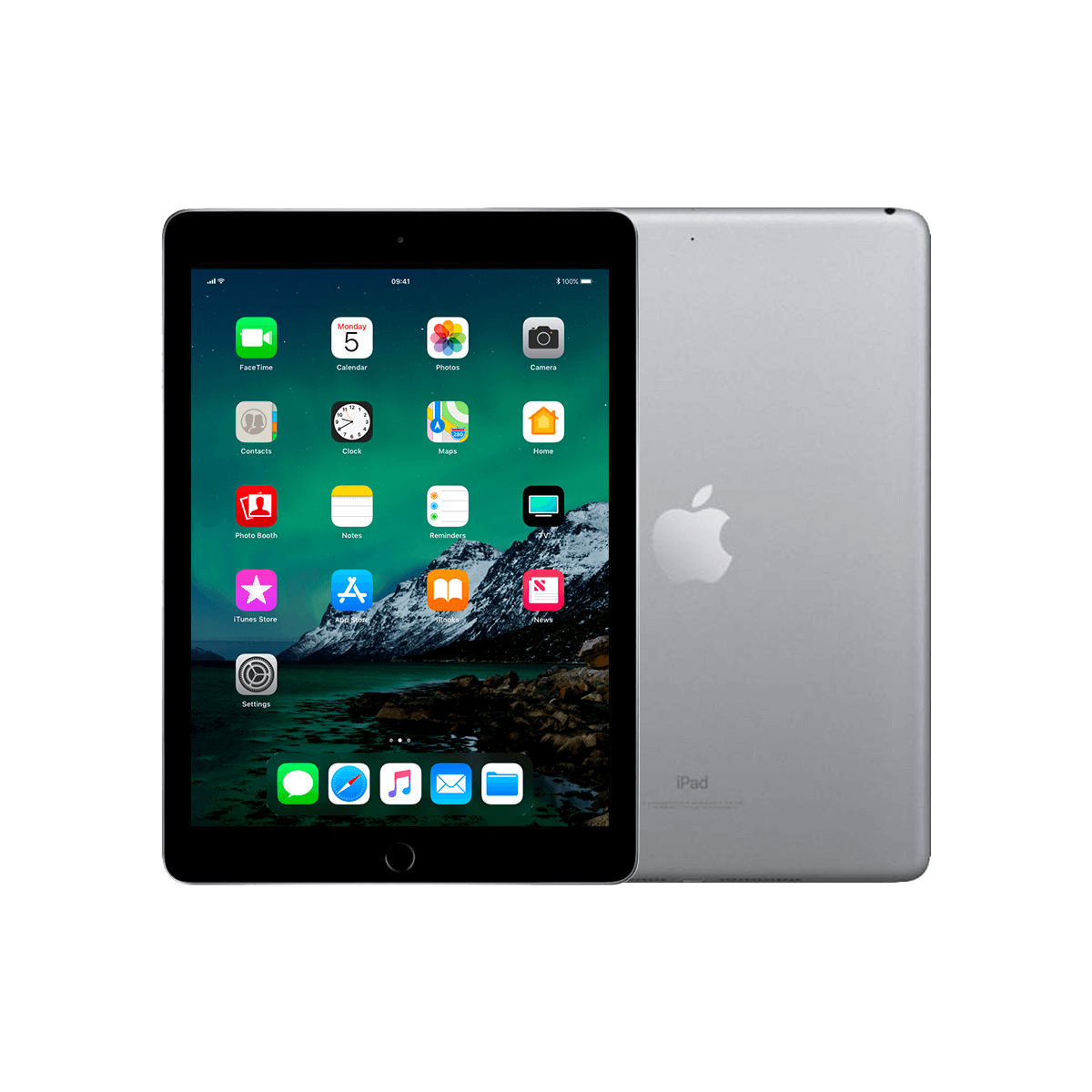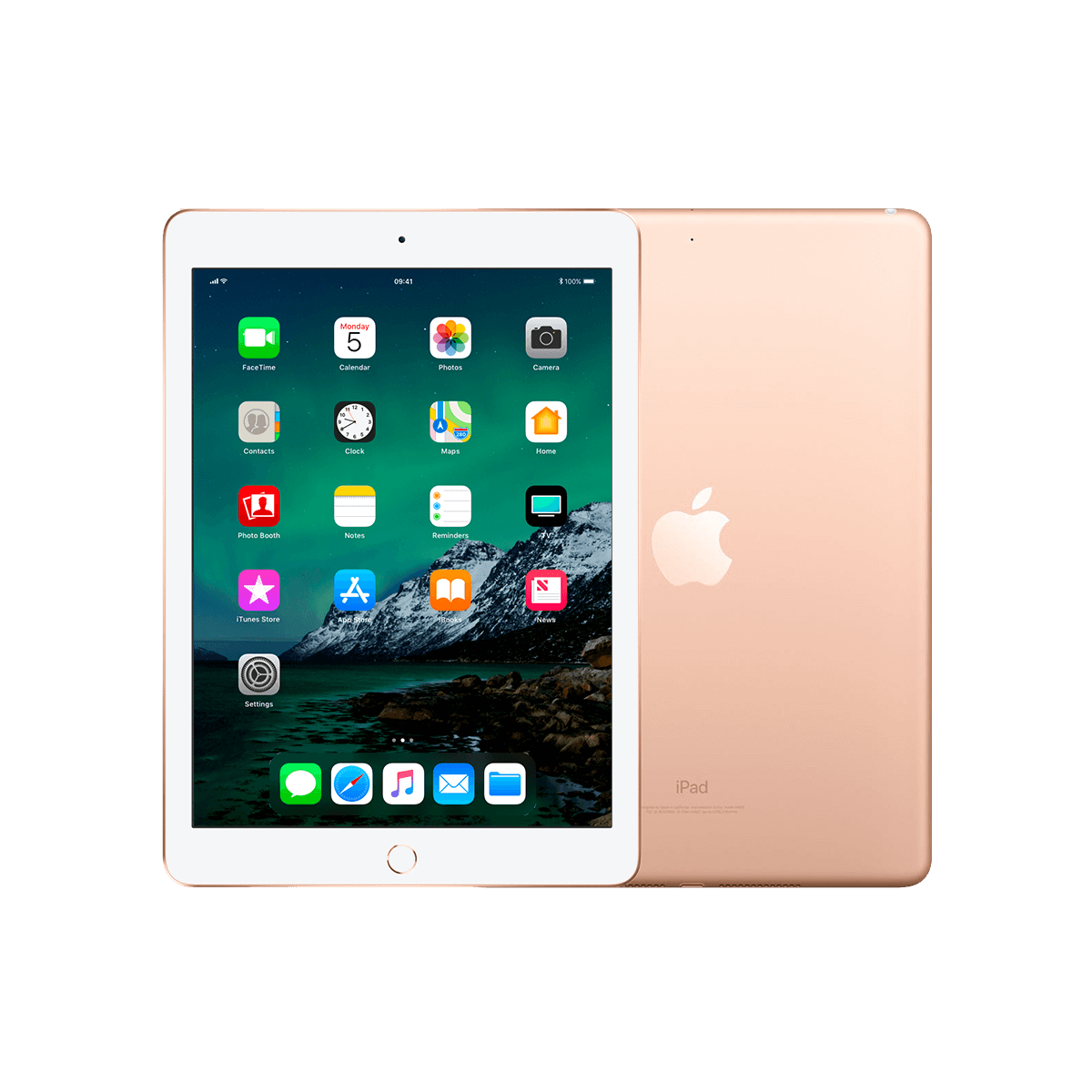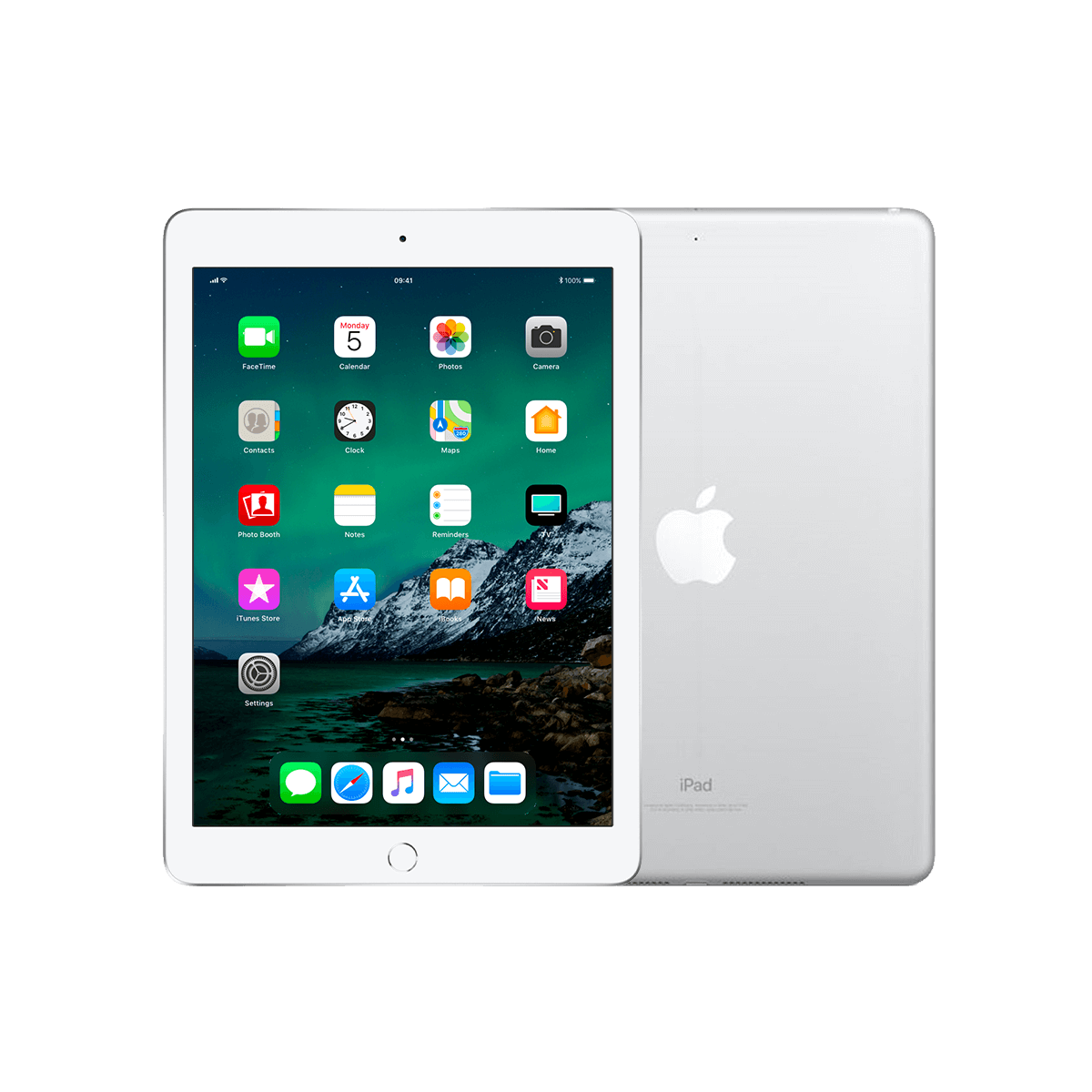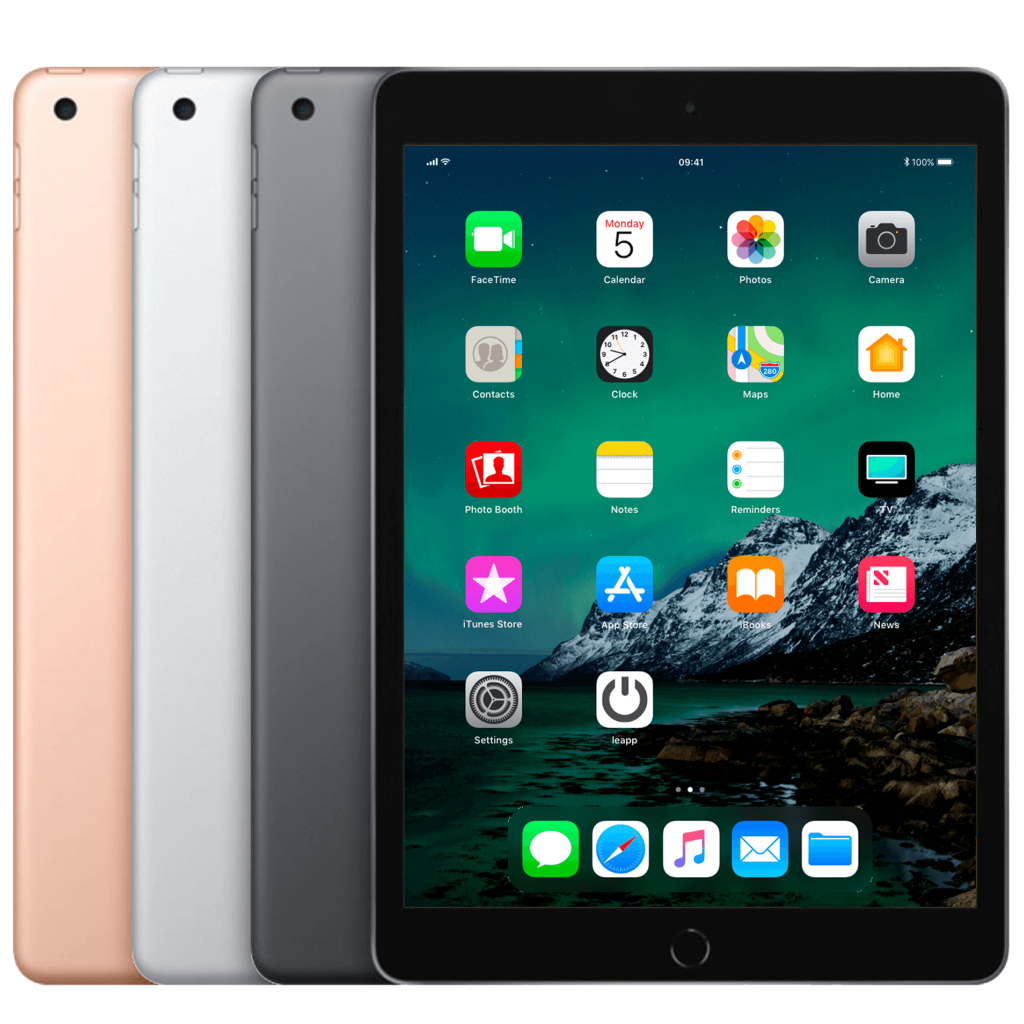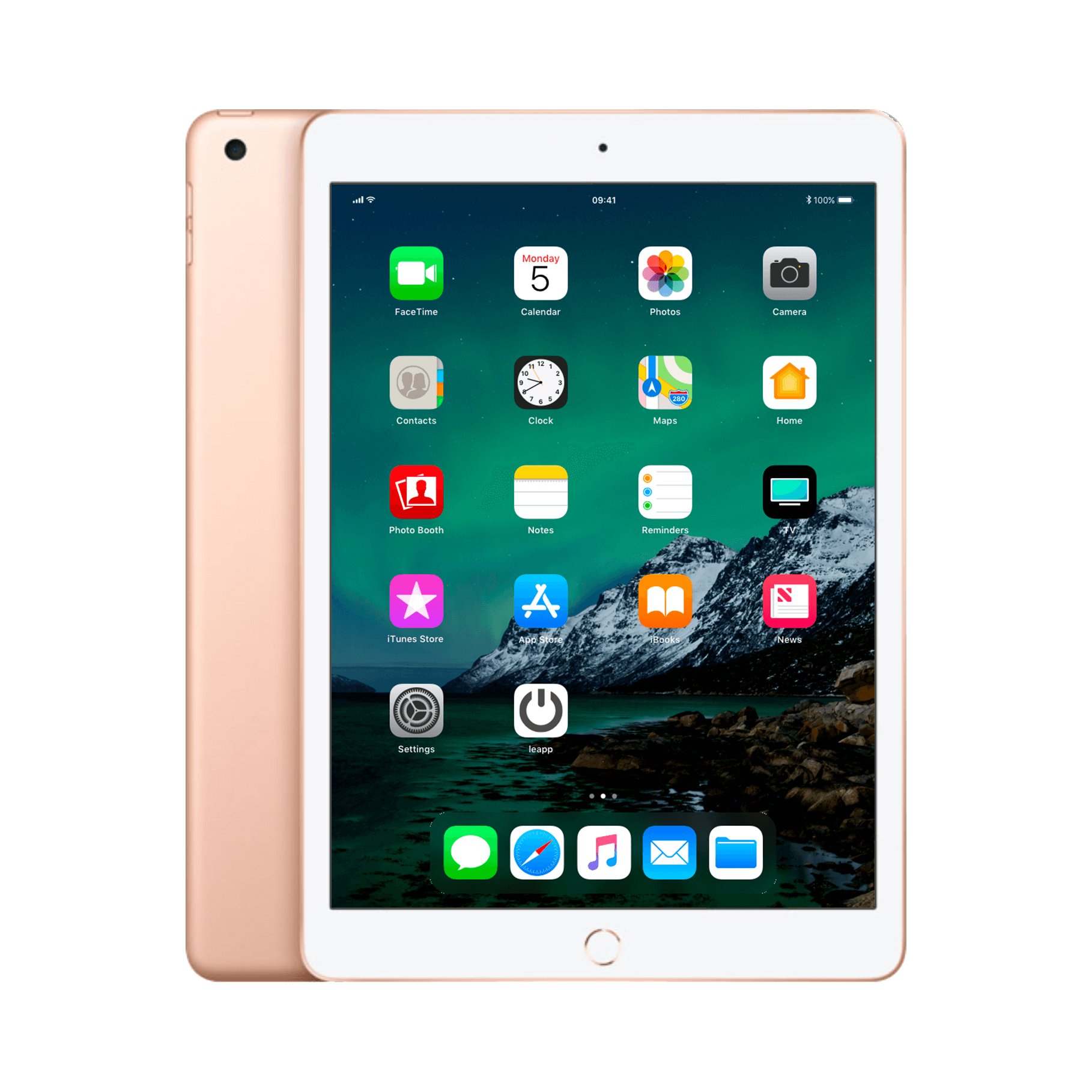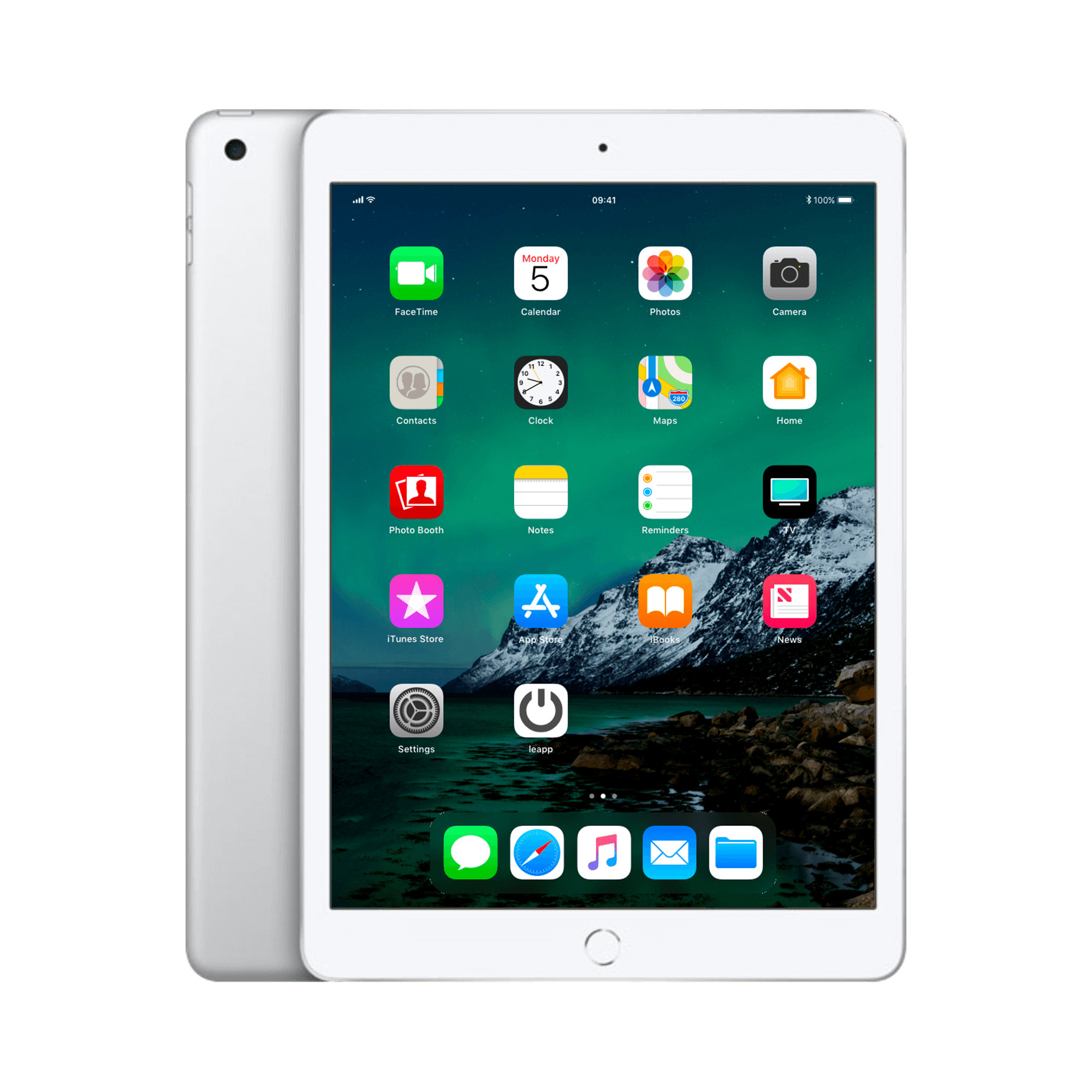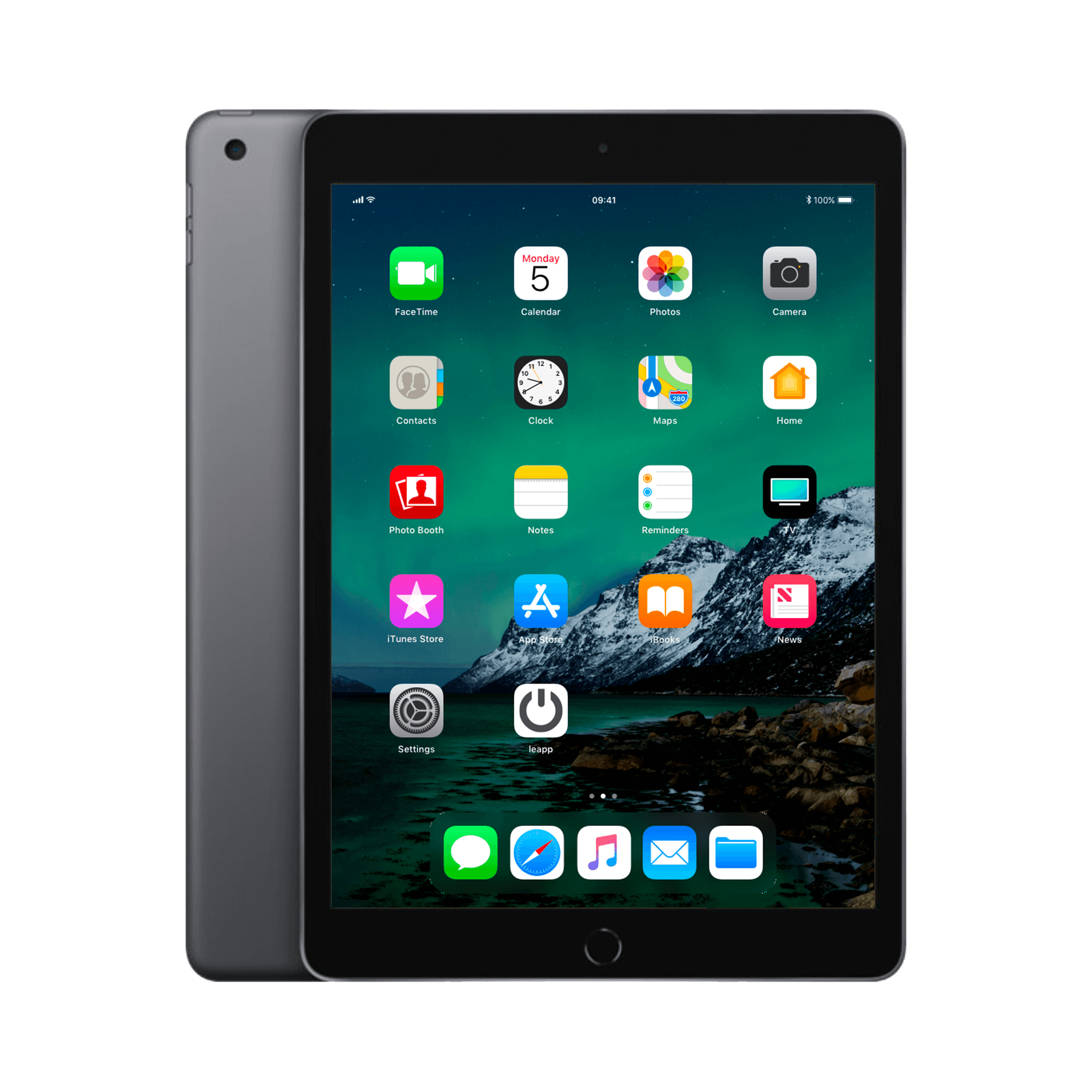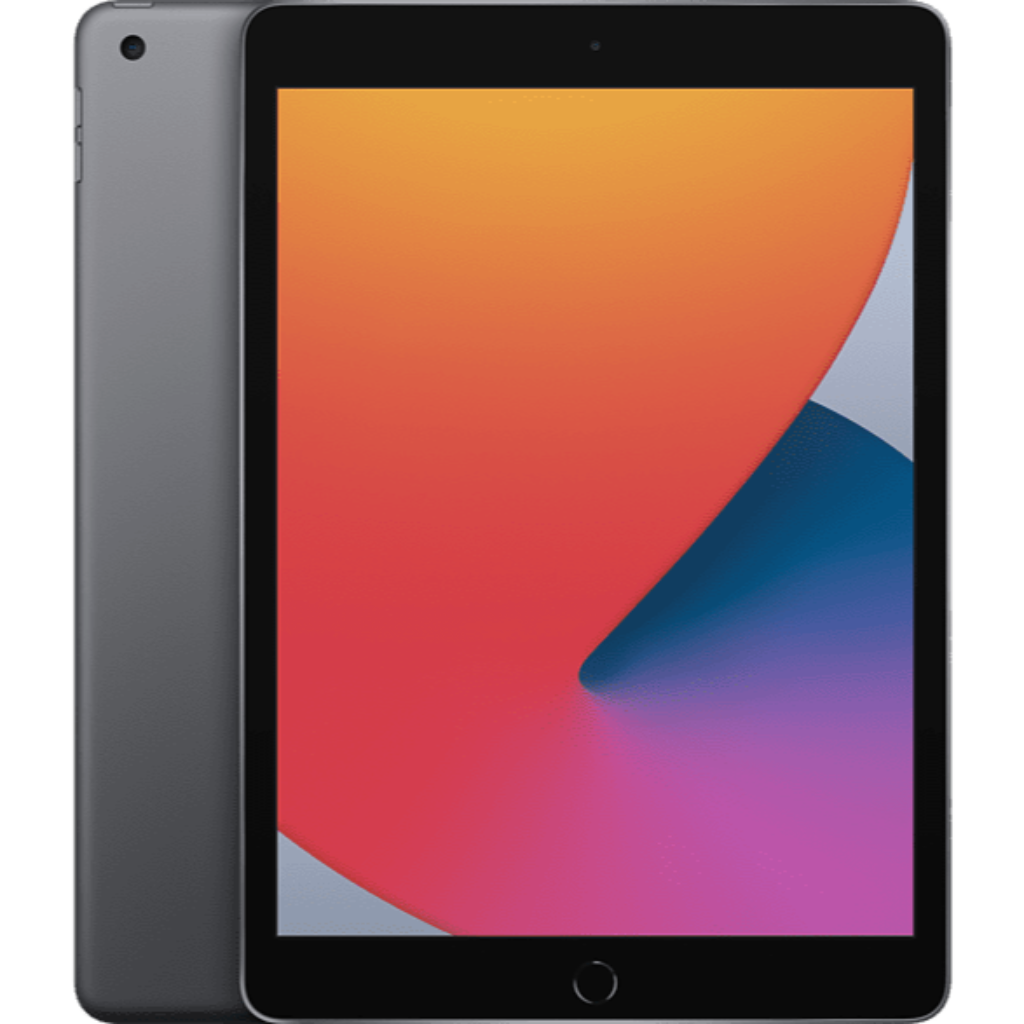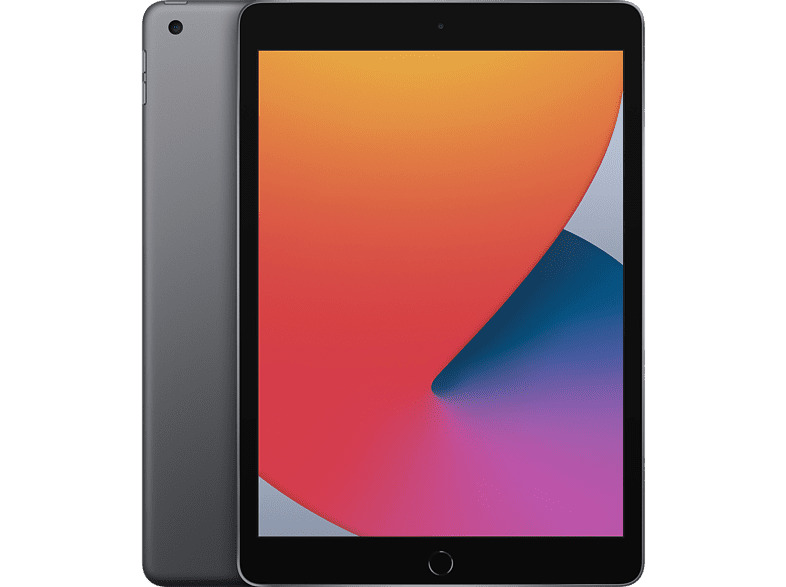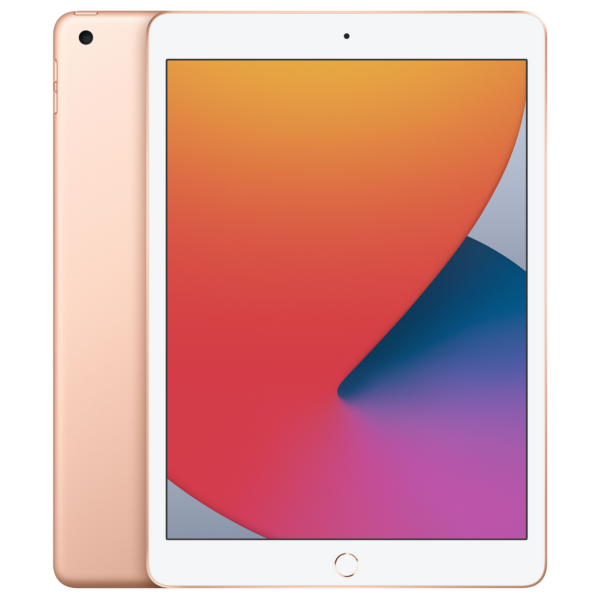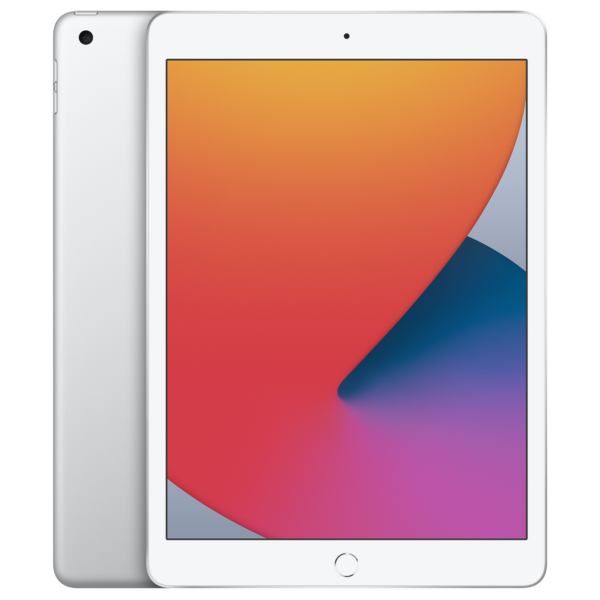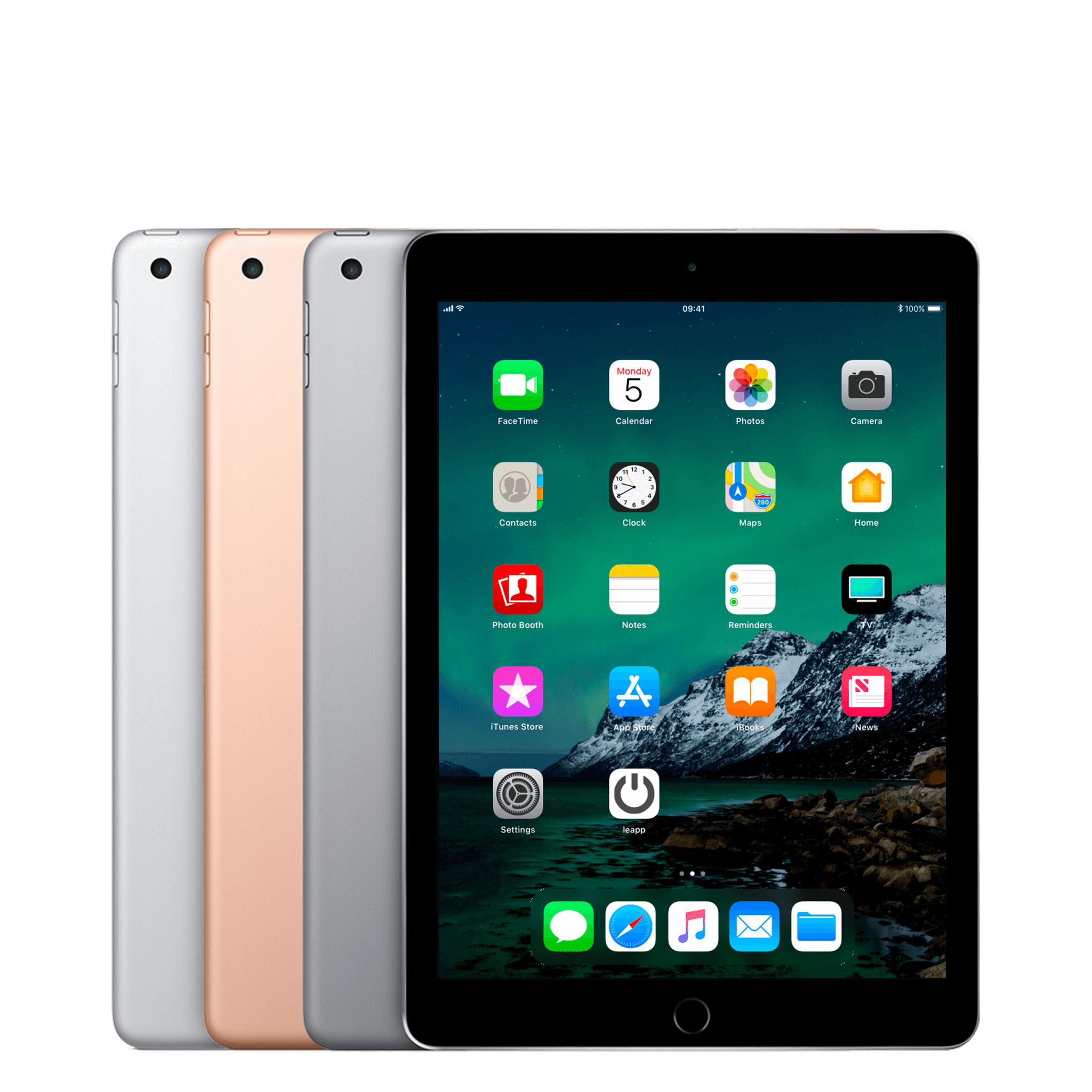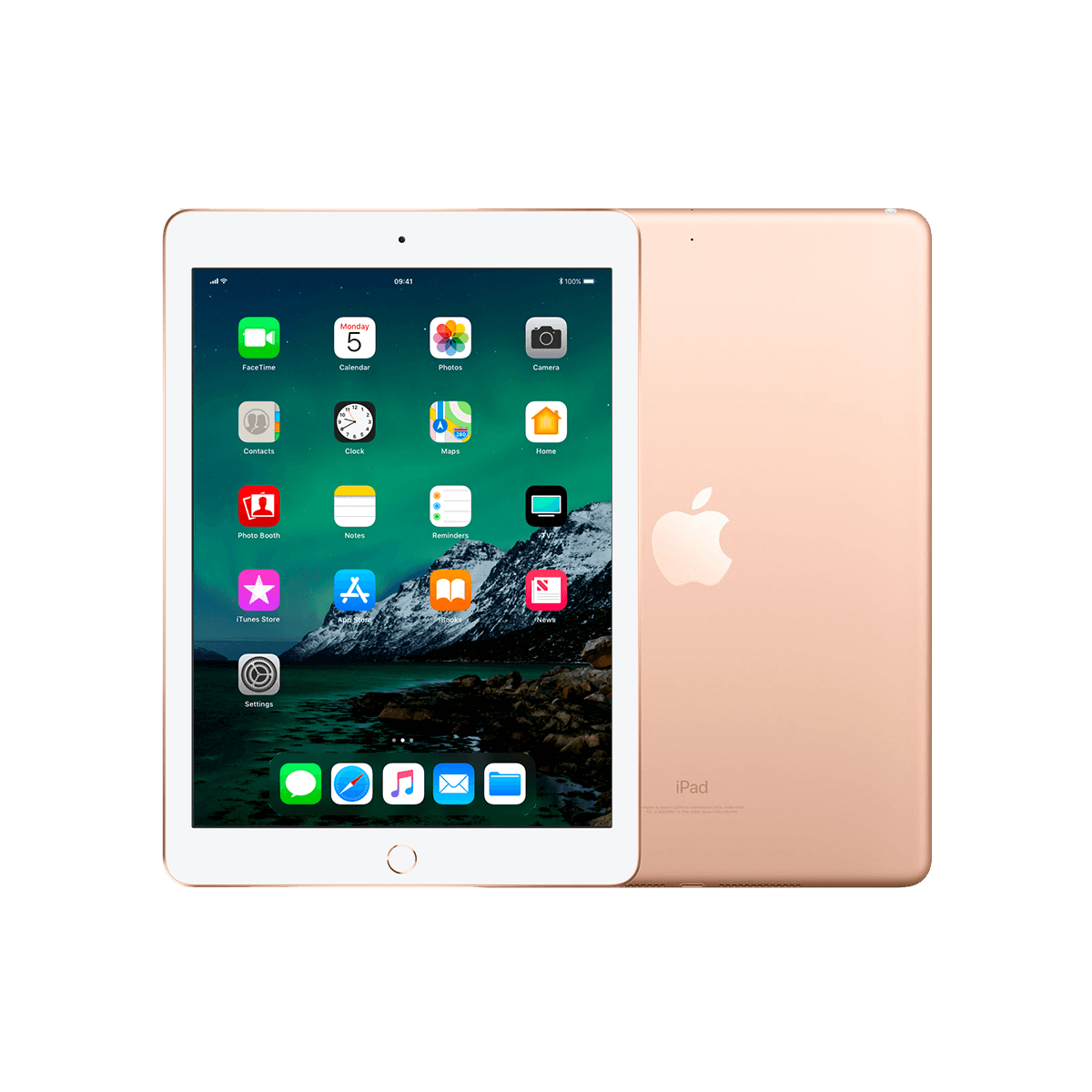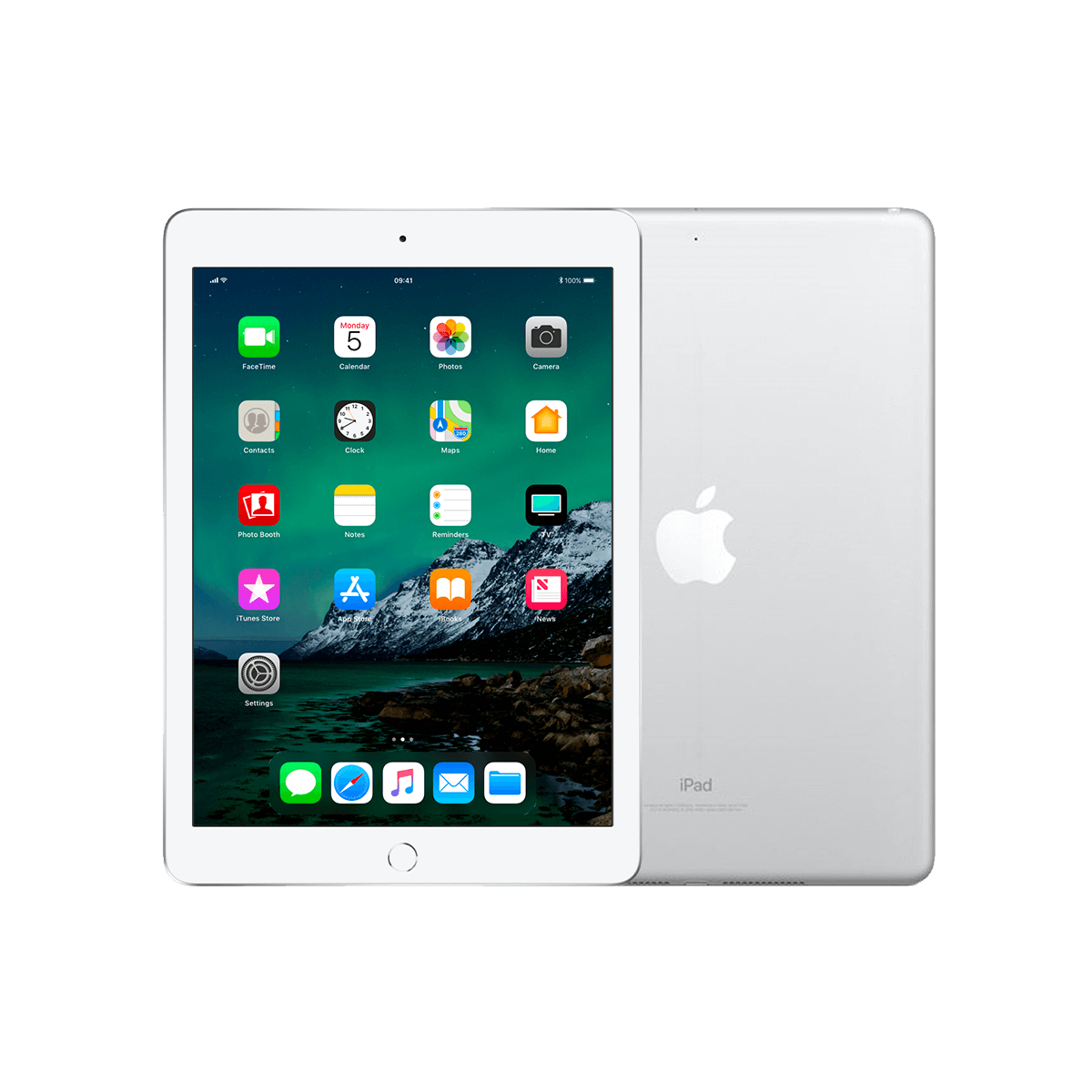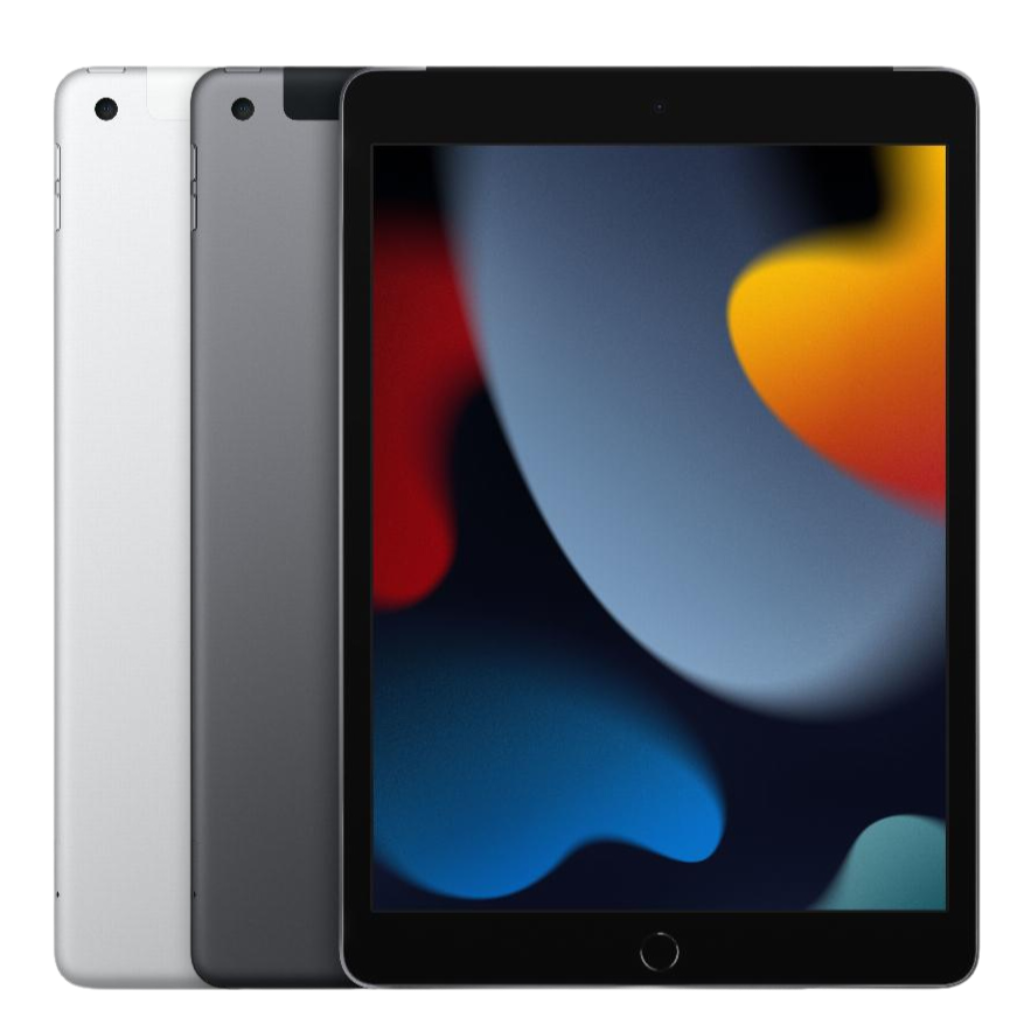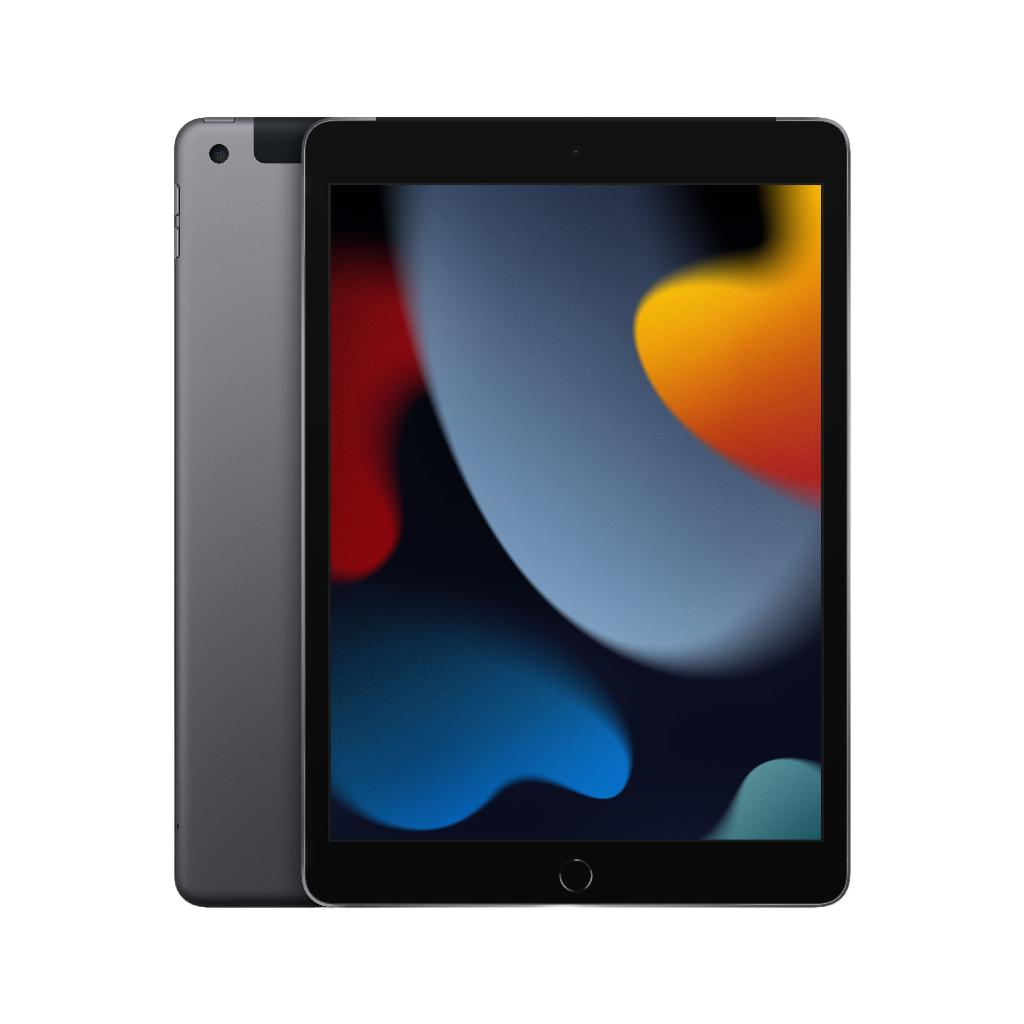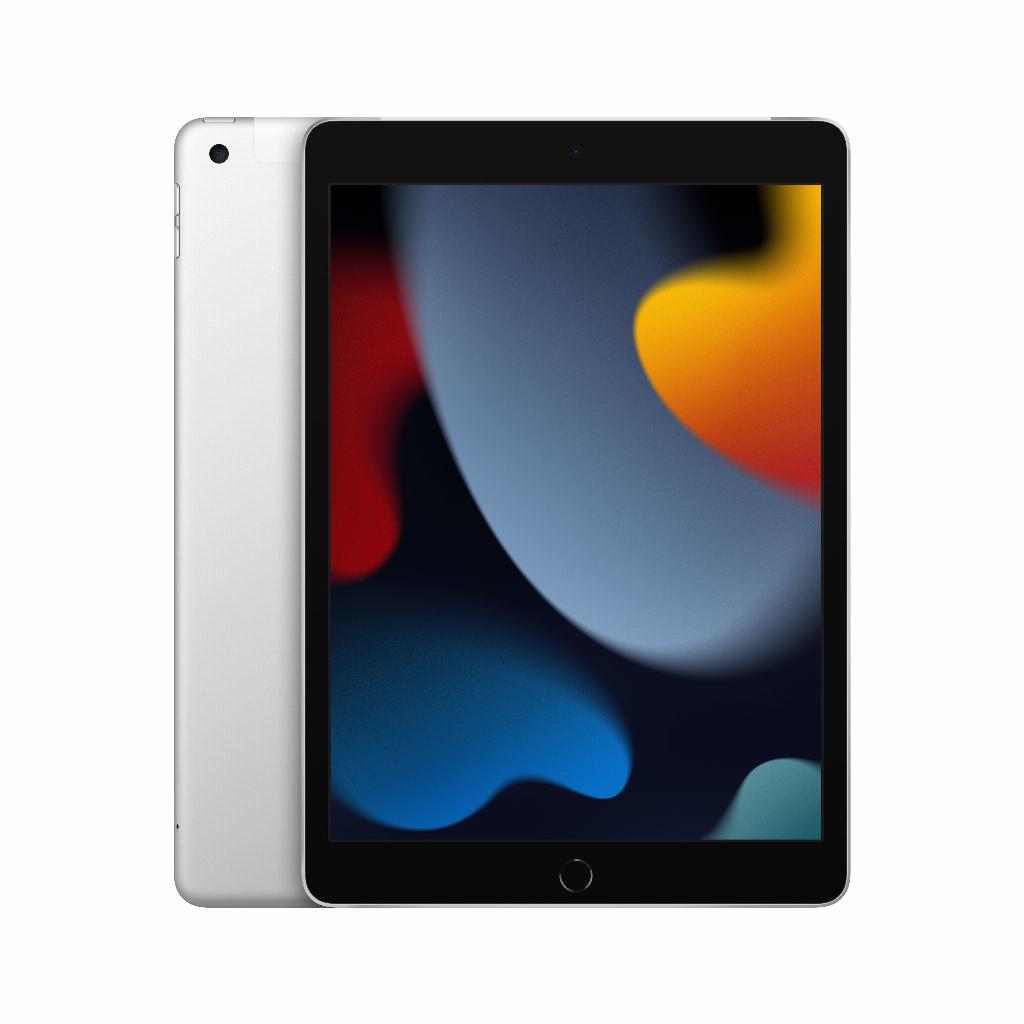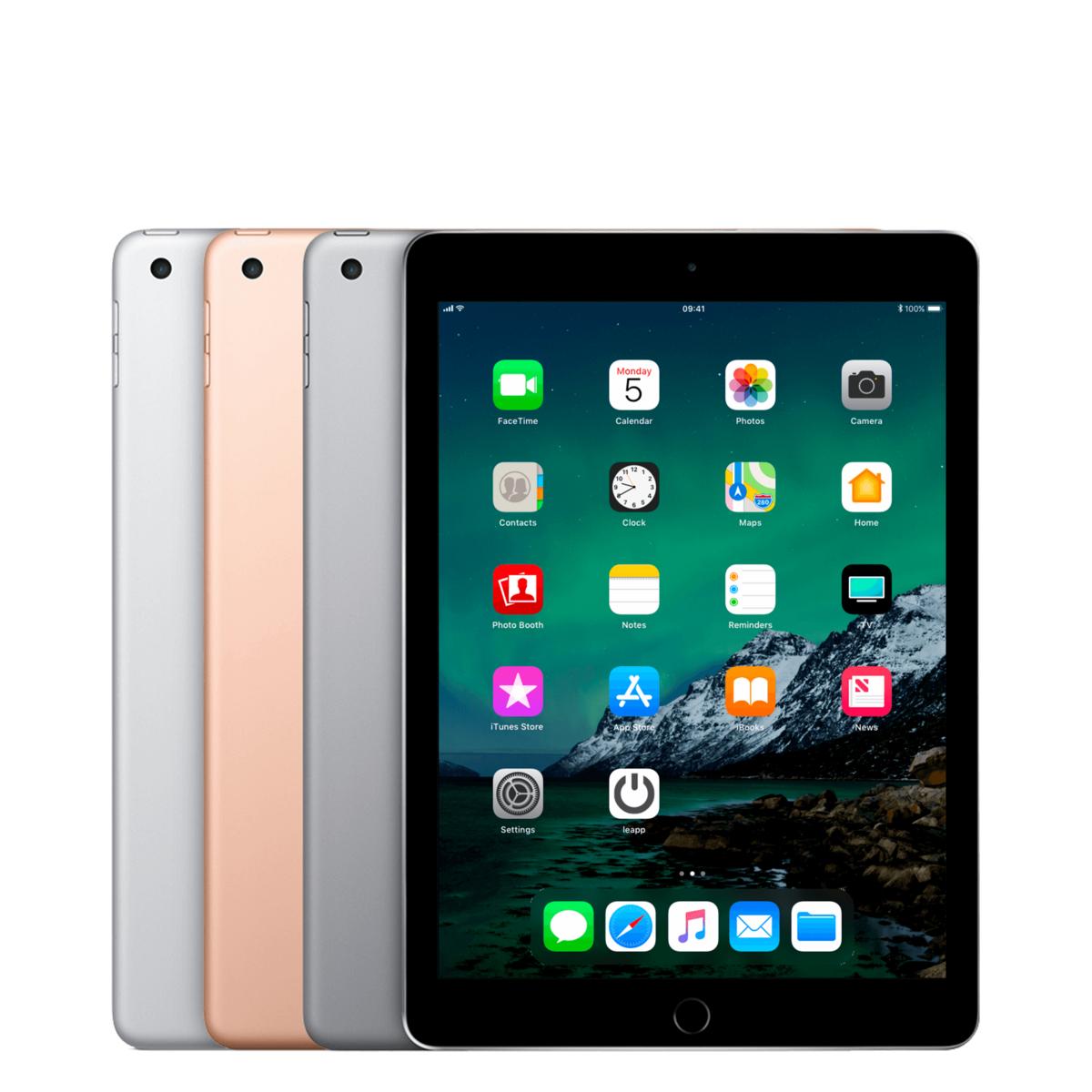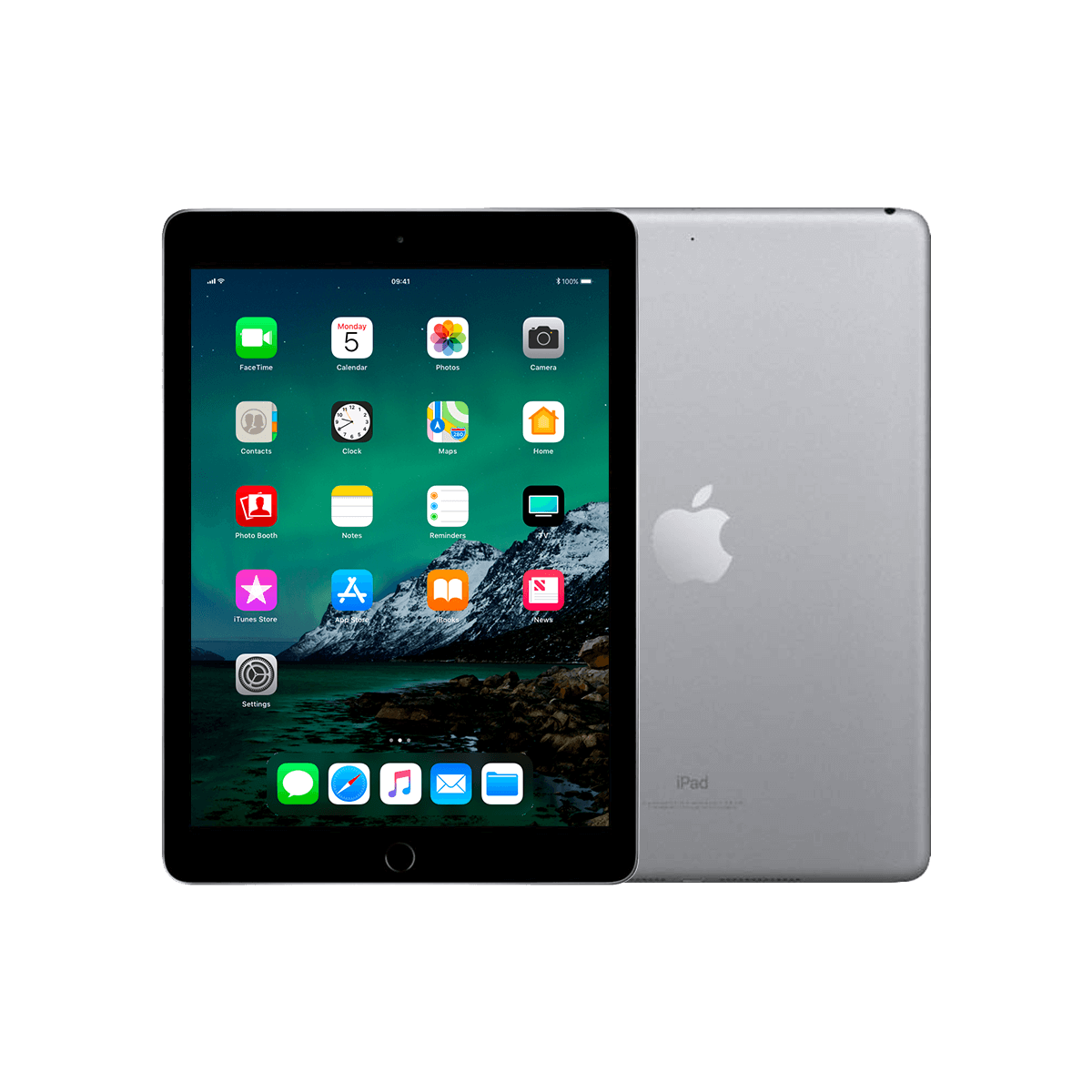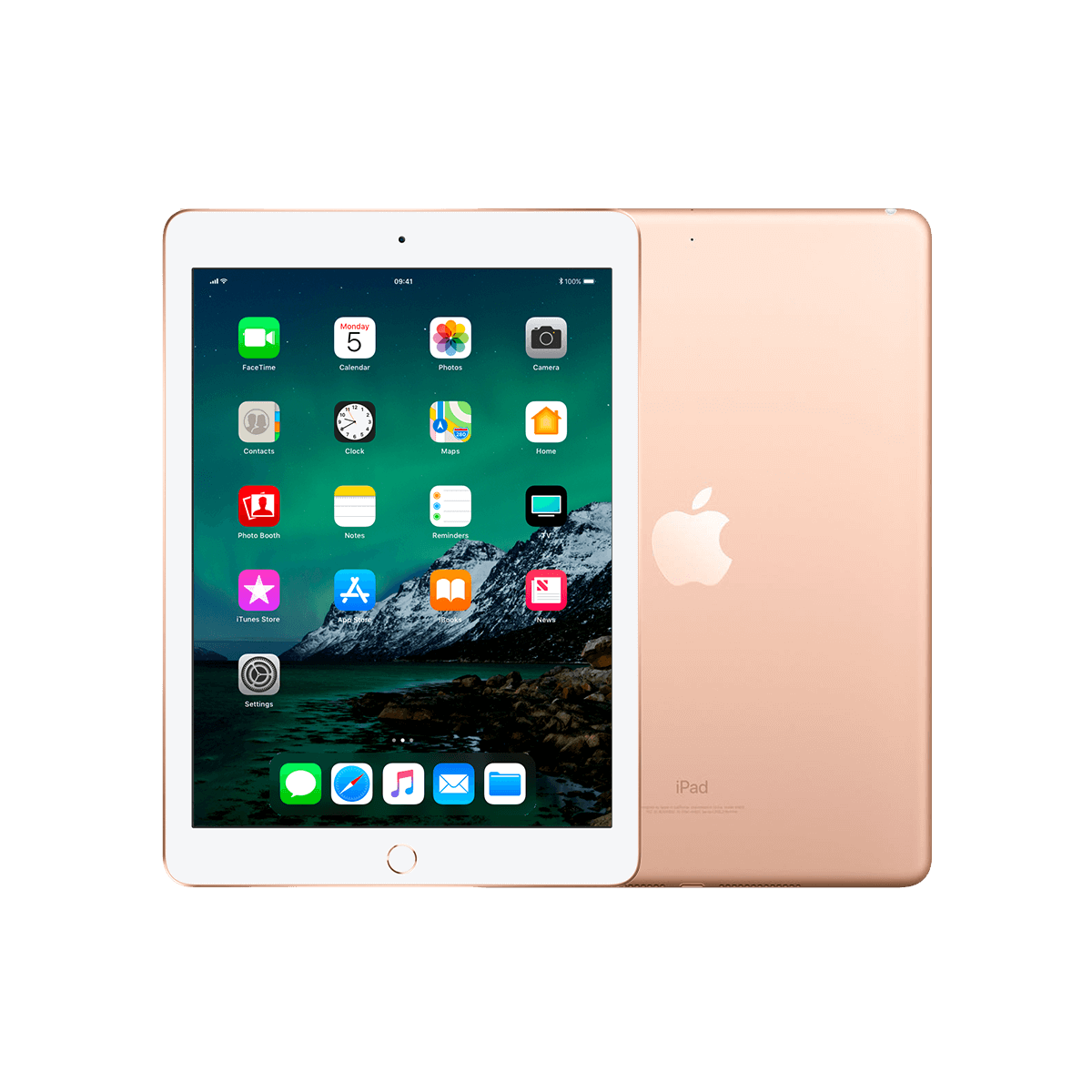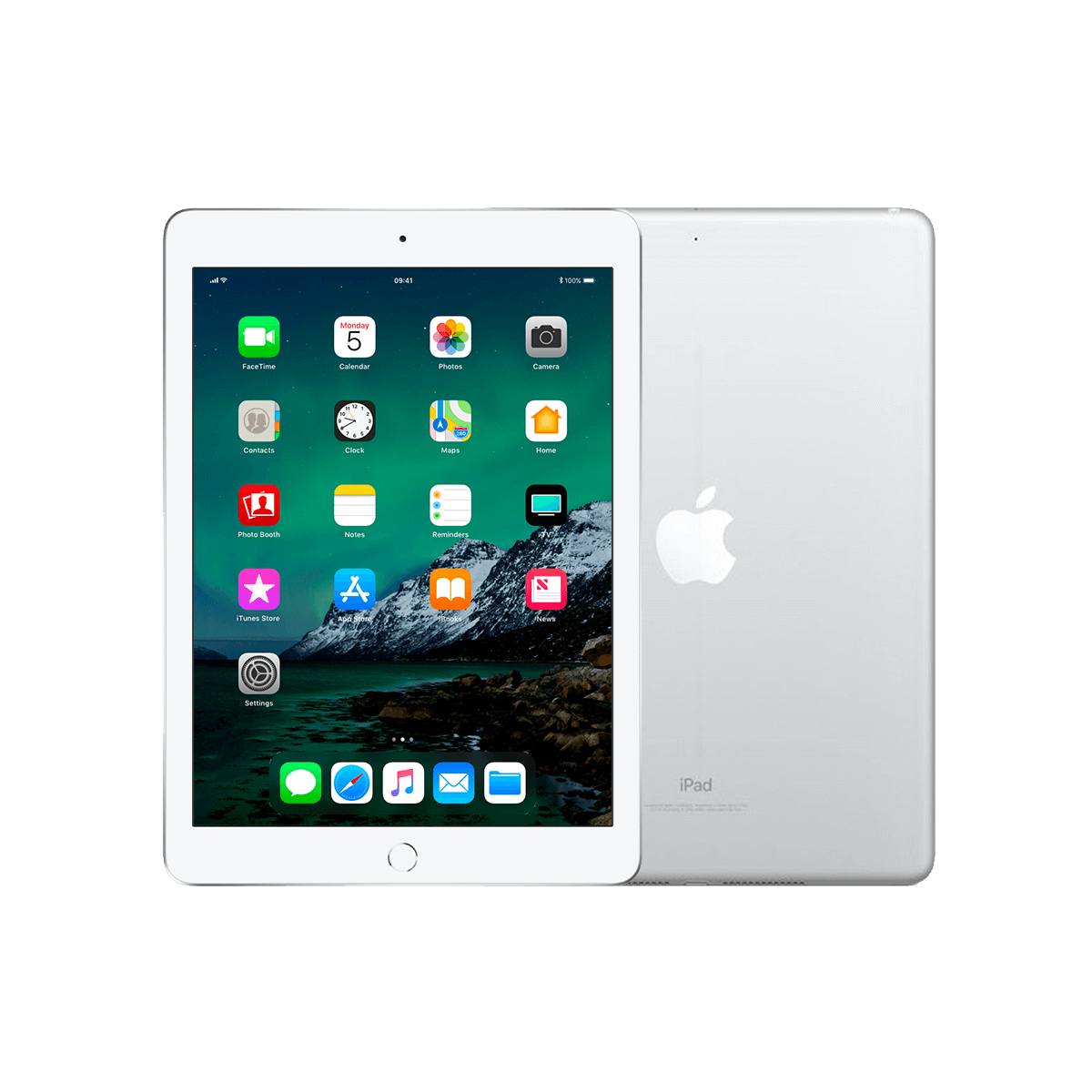Why Your iPad Is Unusable in the Sun (and What Works)
You know the feeling. That frustration when you're working outdoors on your iPad and the screen is barely legible. Even at maximum brightness, you can barely see what's on it. The sun always wins. But here's what no one tells you: the latest iPad isn't necessarily the best choice for outdoor use. In fact, some older Pro models perform better in bright sunlight than today's standard iPads.
The secret lies in the nits – the unit of measurement for screen brightness. While everyone thinks more pixels or a larger screen are important, this number actually determines whether you'll end up crawling under a parasol in frustration. A refurbished iPad Pro from 2021, with 1600 nits of peak brightness, can handle even the brightest summer sun. It's no wonder more and more people are consciously choosing specific models, regardless of the year of manufacture. Even the right screen protector can make all the difference.
Useful links:
What are nits anyway?
Nits are the unit of measurement for screen brightness. One nit equals one candela per square meter—simply put: the more nits, the brighter your screen can shine. For indoor use, 300-400 nits is sufficient, but as soon as you step outside, the picture changes completely. Direct sunlight requires at least 600 nits for comfortable use, and even then, you might still need to find shade.
The evolution of iPad screen brightness
The first iPad from 2010 came with only 132 nits—barely usable in sunlight. Apple quickly learned from this shortcoming. With the iPad 2, the brightness jumped to 410 nits, a tripling that finally made outdoor use possible.
Standard iPads have hovered around 500 nits since then. This applies to all models from the fifth generation (2017) through the ninth generation (2021). It's a safe bet that's sufficient for most situations, but not outstanding.
The iPad Pro stands out
The real breakthrough came with the iPad Pro line. Since the first 12.9-inch model in 2015, these tablets have consistently delivered 600 nits. That might seem like a small difference compared to the standard 500 nits, but in practice, you'll notice the difference immediately when the sun shines on your screen.
The absolute champion is the 2021 iPad Pro 12.9" fifth generation. Thanks to mini-LED technology, this model achieves a whopping 1600 nits of peak brightness with HDR content. Even the standard brightness, at 1000 nits, is far superior to the competition. For professional photographers working outdoors or architects on construction sites, this is the ultimate workhorse.
The Underrated iPad Air and Mini
The iPad Air models from 2019 onwards also deliver 500 nits, just like their larger siblings from the standard line. The compact iPad Mini had long hovered around 400-450 nits, but since the fifth generation (2019), this model has also reached the magical 500 nit mark.
What many people don't know: the 2021 iPad Mini 6 has exactly the same brightness as the much more expensive iPad Air. The smaller screen does mean that reflections are less distracting, making the model surprisingly suitable for outdoor use.
Practical tips for optimal outdoor use
Even with the brightest iPad, direct sunlight remains a challenge. A matte screen protector significantly reduces reflections, though this comes at the cost of color clarity. For those who regularly work outdoors, this compromise is worth it.
Disabling automatic brightness control also helps. This feature can sometimes be slow to respond to changing lighting conditions. Manual control gives you maximum brightness instantly when needed.
Also consider screen size. An 11-inch iPad Pro with 600 nits can be more practical than a 12.9-inch model, simply because it's easier to find shade for a smaller screen.
Refurbished: the smart choice
A refurbished iPad Pro from 2018 or 2020 offers 600 nits more brightness than a brand-new standard iPad. The price difference can be hundreds of euros, but you'll actually get a better device for outdoor use.
Note the difference between the Pro models. The 11-inch versions of all generations deliver 600 nits. Of the 12.9-inch models, only the fifth generation (2021) stands out with that extreme 1600 nits peak brightness.
When are extra nits really necessary?
For occasional patio use, 500 nits is usually sufficient. If you regularly work outdoors—think sales representatives, construction supervisors, or field workers—then that extra 100 nits of a Pro model makes the difference between enjoyable work and constant squinting.
Filmmakers and photographers who evaluate footage in varying lighting conditions benefit from the 1600 nits of the latest 12.9-inch Pro. It's a substantial investment, but the time saved by not having to constantly search for shade pays off.
Conclusion
Finding the ideal outdoor iPad involves more than just buying the latest model. An older Pro performs better in sunlight than a newer standard iPad. The sweet spot is 600 nits for regular outdoor use, with 500 nits as an acceptable minimum for occasional use. Only for specialized applications does the 1600 nits iPad Pro 12.9" (2021) justify its premium price.
Conclusion: choose based on nits, not on year of manufacture
The right iPad for outdoor use is therefore purely about that nit rating . 500 nits will suffice for occasional use, but regular outdoor work requires at least 600 nits—something you'll find in all refurbished iPad Pro models . That extreme 1600 nits of the latest 12.9-inch Pro is only useful for professionals who can't compromise.
For the rest, choose wisely based on your workspace, not on the year of manufacture. An older Pro with the right matte screen protector often performs better in practice than the latest standard model.

